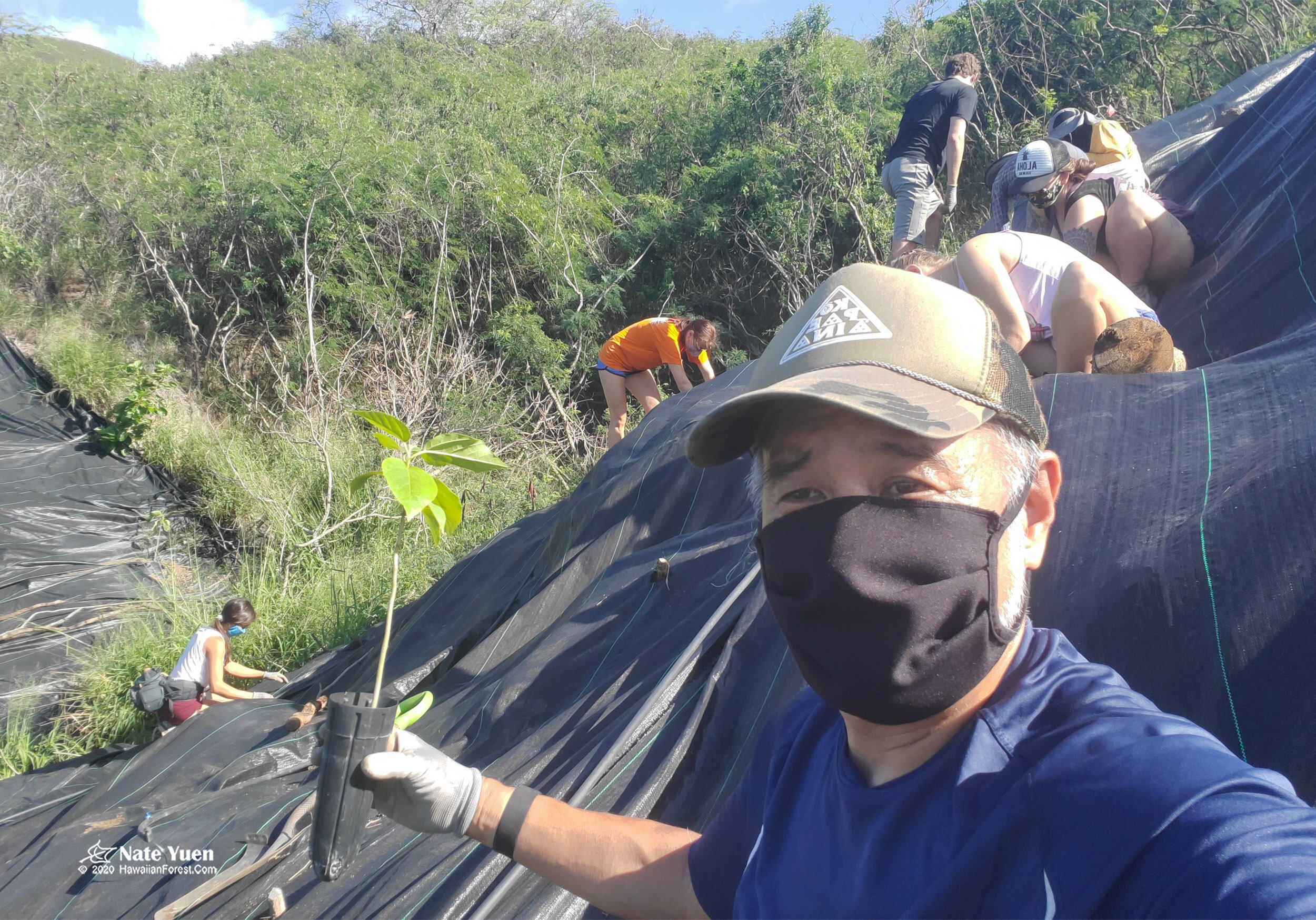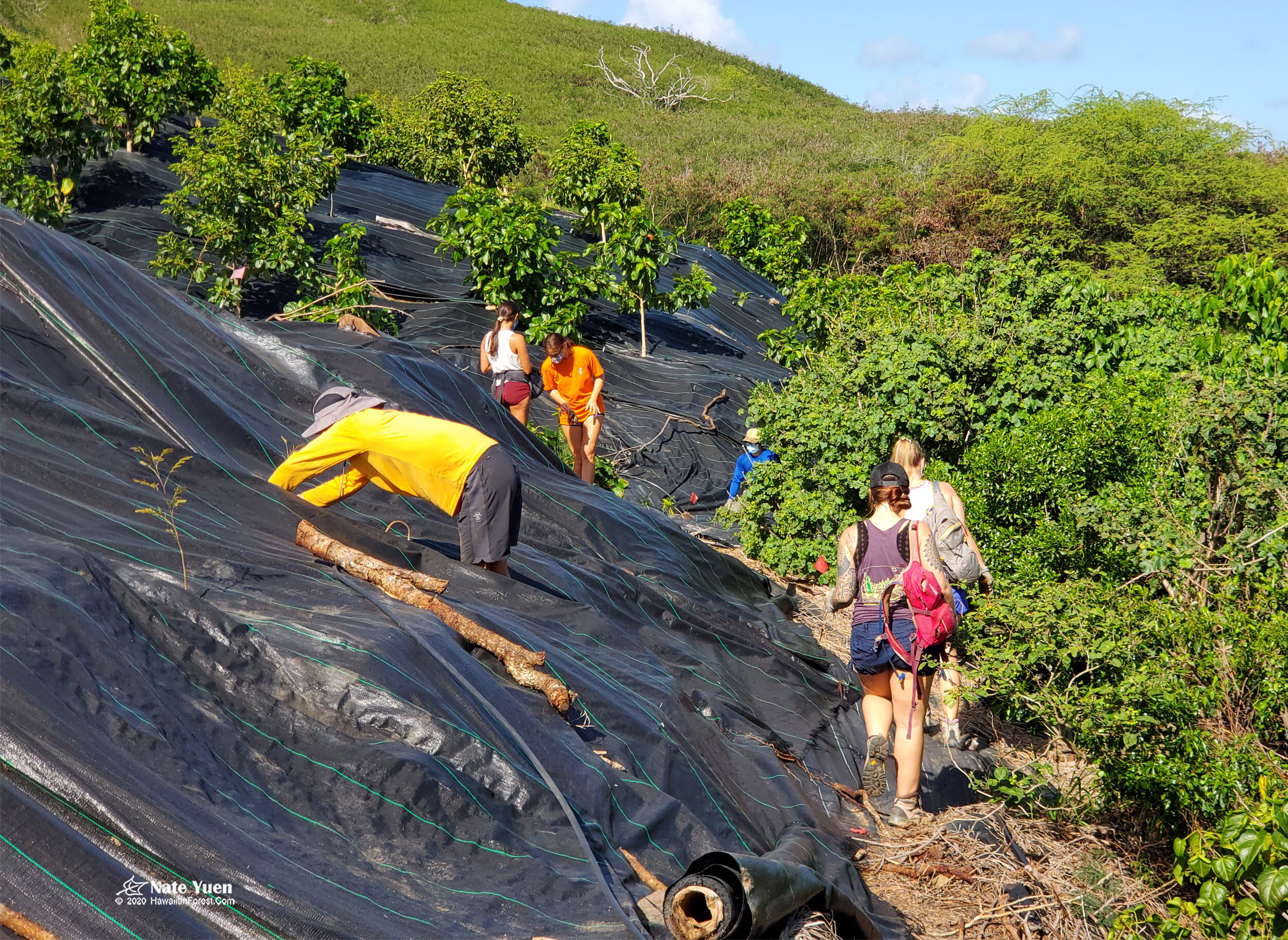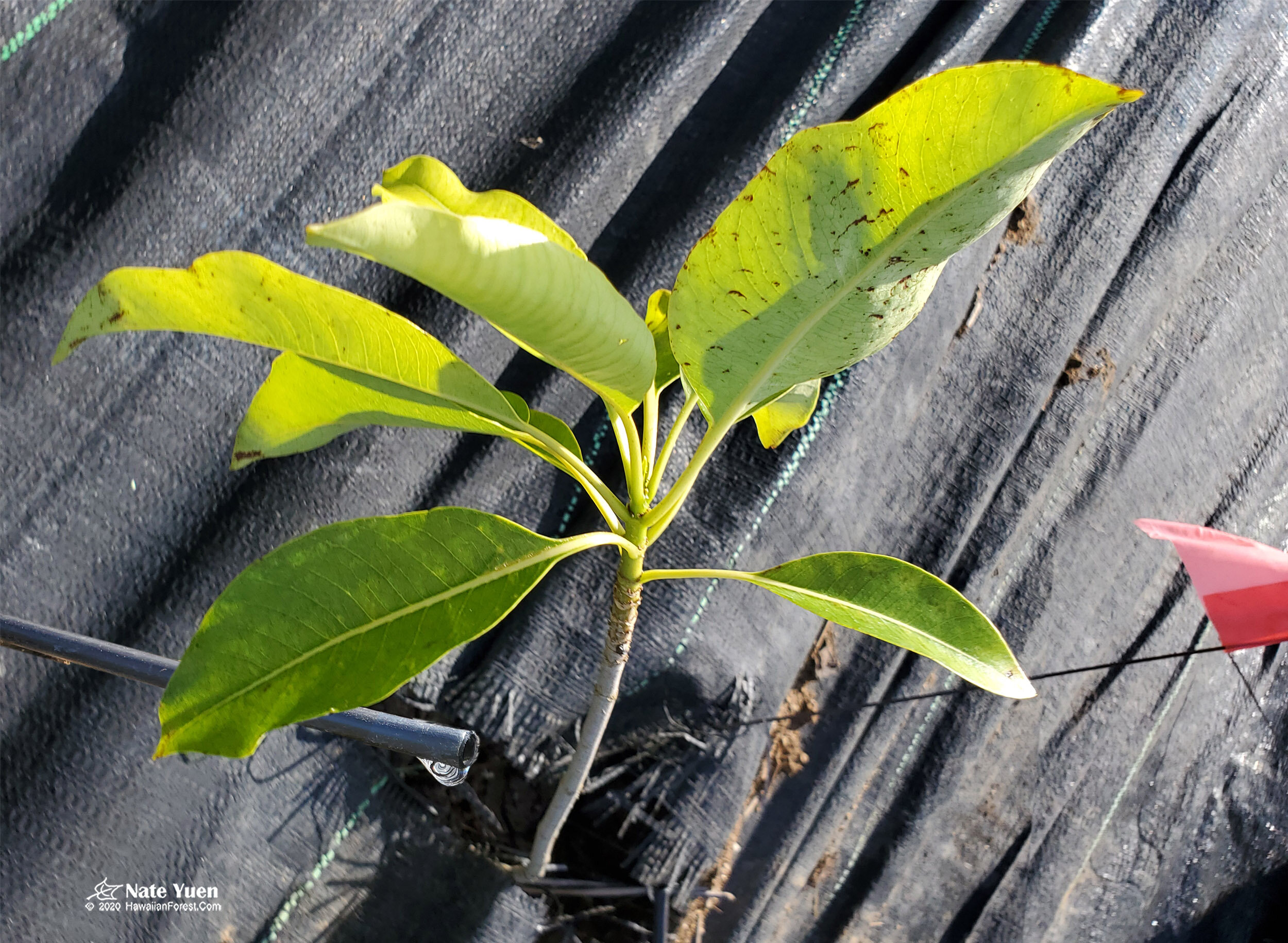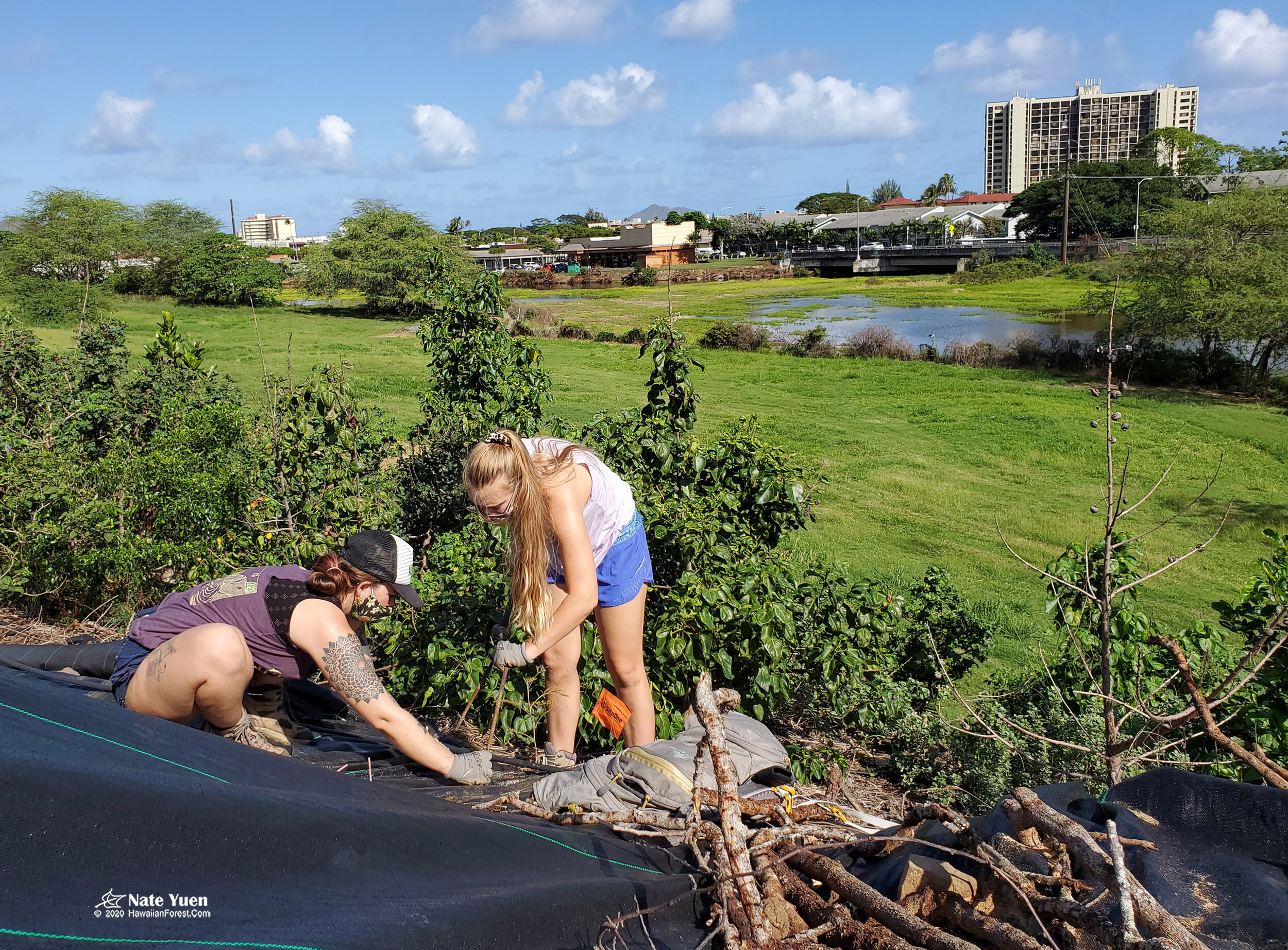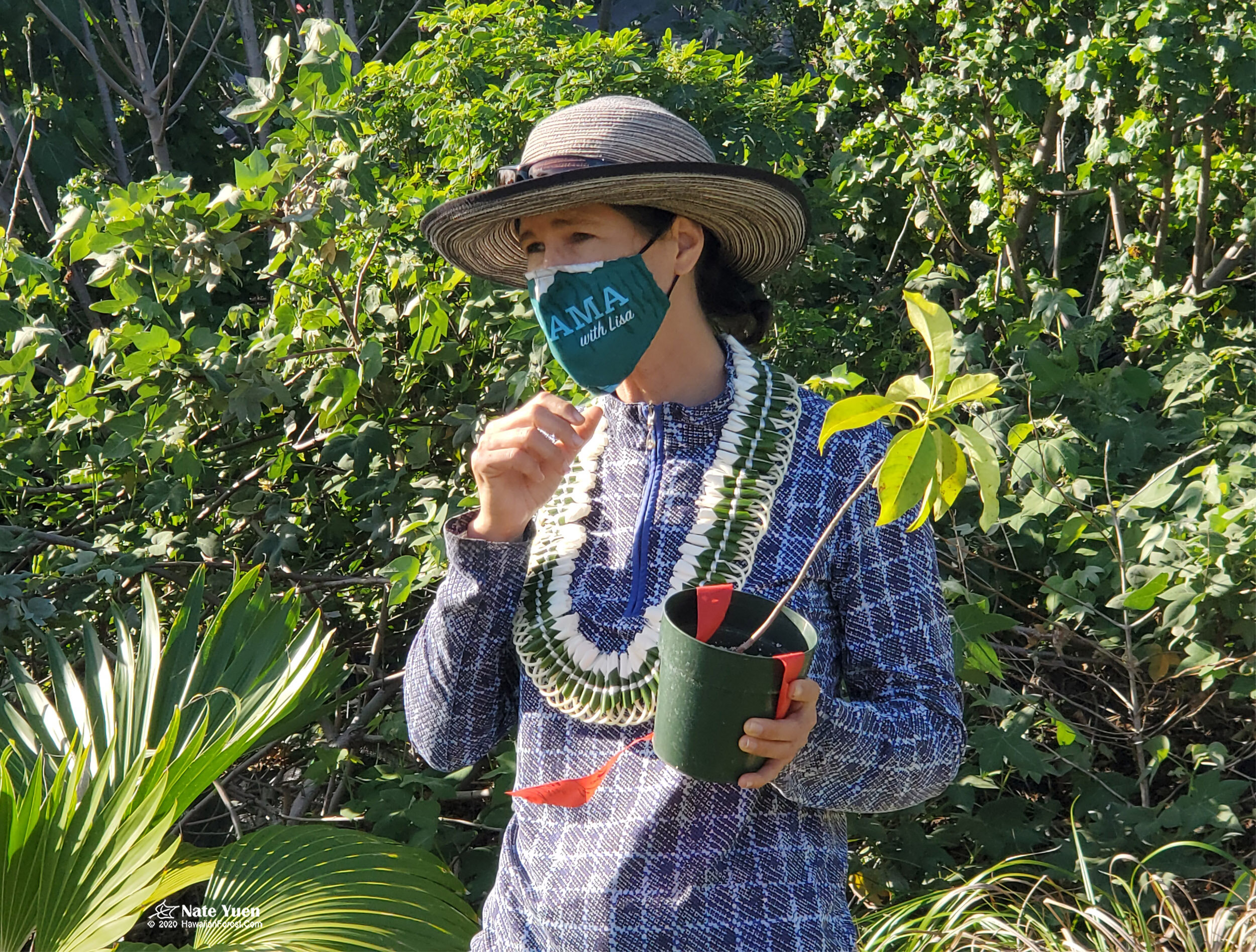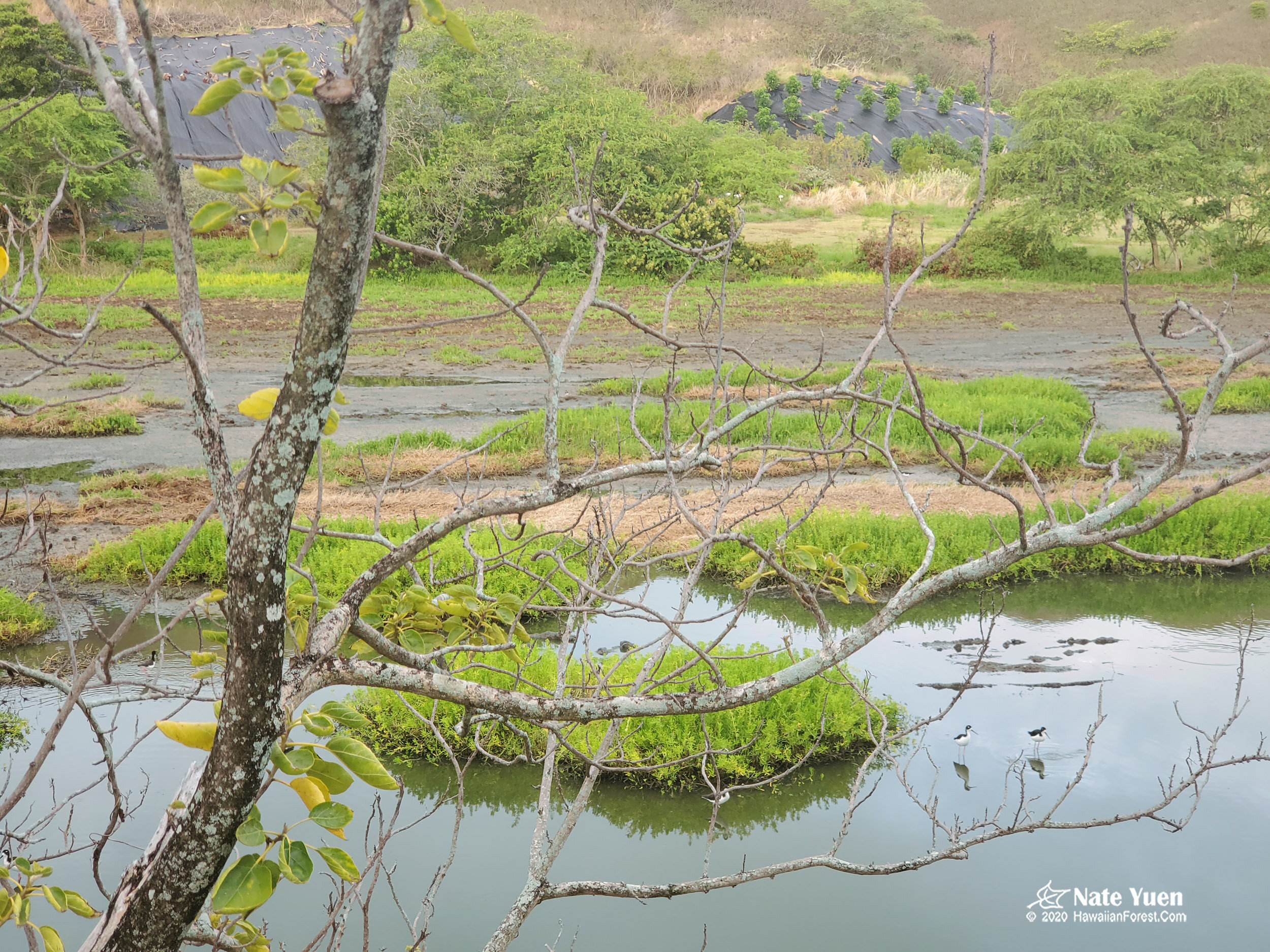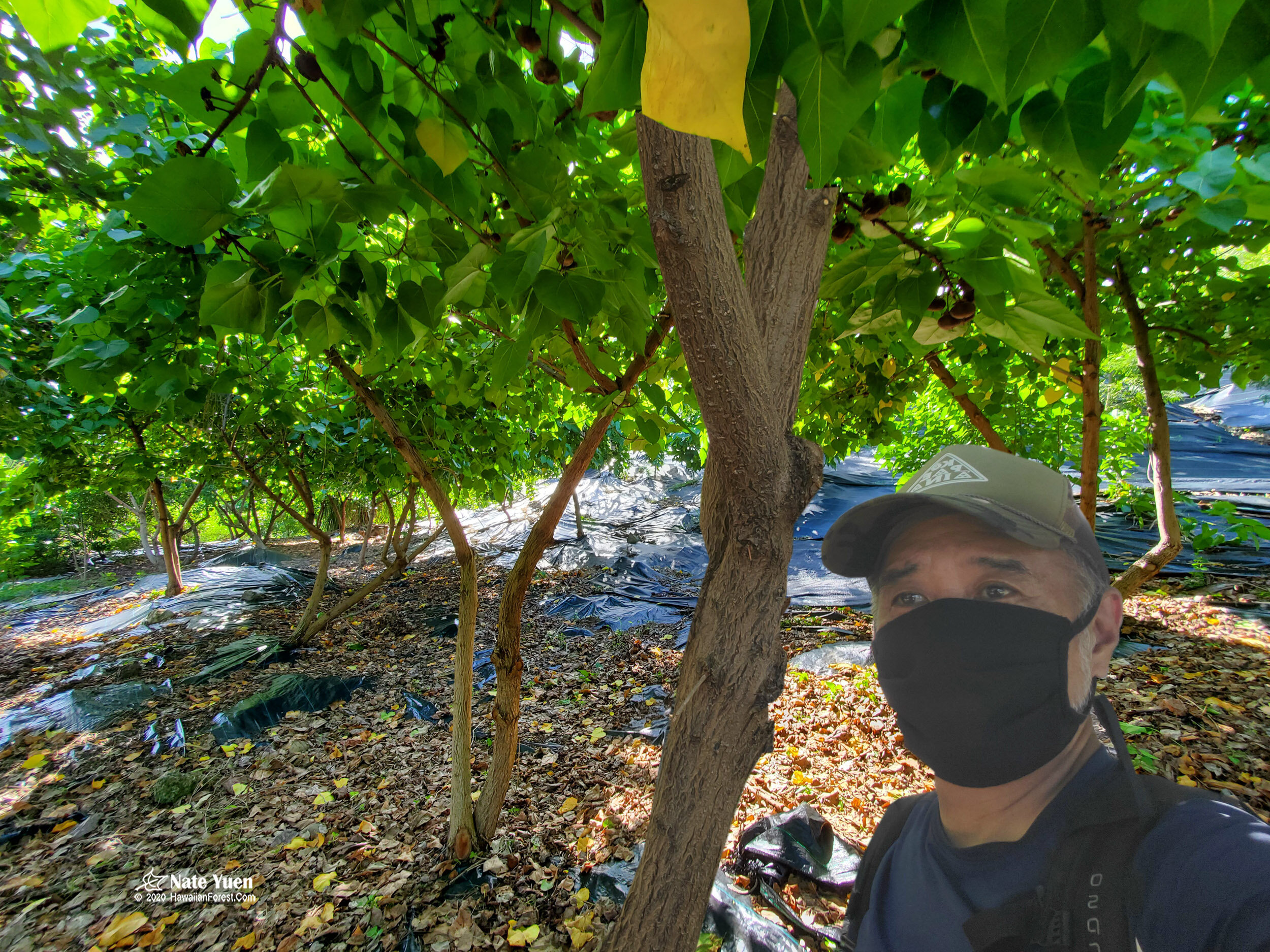Nate’s Adventures: Native Tree Planting at Hāmākua Marsh
By Nate Yuen, Chapter Outings Chair
I planted baby trees to restore the native forest on Puʻu o Eha above Hāmākua Marsh State Wildlife Sanctuary. Hāmākua Marsh is a native wetland adjacent to Kawainui Marsh that extends the wetland nearly to Kaʻelepulu Marsh.
Haole koa — Leucaena leucocephalawas — was once planted for their seed pods to feed cattle. The tree is fast growing, grows in depleted soil, and spreads like crazy. The tree is so invasive that it took over the hills above Hāmākua Marsh forming a virtual mono-culture of haole koa.
Lisa Marten founded Healthy Climate Communities in 2015 to cut down invasive haole koa and restore the native forest. Restoring the native forest will reduce muddy run-off into the wetland and surrounding area. The trees increase the planet's ability to sequester and store carbon. Wetlands account for only about 3% of the Earth's land surface, yet they store around one-third of all soil carbon.
The survival rate of the replanted native forest is high because there is drip irrigation. A thick black woven burlap tarp is laid over the slope after the trees are cut down and the slope is weeded. So no pesticides or weeding is necessary. All the plant needs to do is grow!
Amazing to see this forest of milo grow in 4 years! Over 2,600 native trees have been planted so far. Included among the trees/plants: milo, kou, loulu, koa, koʻoloaʻula, maʻo, maʻo hau hele, naupaka, pōhinahina, alaheʻe, ʻilieʻe, ʻilima, kokio, wiliwili, pili, naiʻō, kolomona, and other native plants.
There is a work day every Monday afternoon from 4-6pm. Wear a mask and join the crew at Hāmākua Marsh. Click here to learn more and how you can help.
Nate Yuen is an artist/photographer/naturalist whose body of work is a confluence of hiking, conservation, and fine art photography. Each weekend you can find him hiking, backpacking, or kayaking to out-of-the-way locations to photograph Hawai‘i’s native plants and animals, many of which are rare or endangered. His goal is to showcase these biological treasures to give you a reason to protect them for future generations. You can view his art and read about his adventures at hawaiianforest.com.


